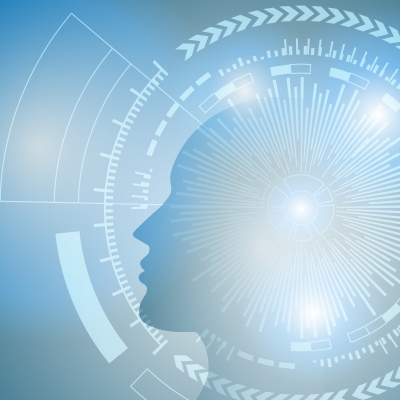(Image courtesy of cooldesign at FreeDigitalPhotos.net)
Machine learning is a hot topic in the technology sector and its applications continue to change the way business is done. By analysing patterns and consistencies in a “teaching set” of data, machine learning can be used to solve many problems without (or with very little) human supervision. Machine learning has increasingly been proven to have many useful functions in our day-to-day lives including: data security, creating algorithms for investment banking, and predicting consumer trends.
Applying pattern analysis on a teaching set of accredited certification can enable effective machine validation of downstream evidence. This means non-compliant or erroneous documentation can easily be flagged, investigated and actioned by a compliance assessor or technical manager.
Another interesting application is Handwriting Recognition (HWR). The use of technology to interpret handwritten input from scanned paper sources, touch-screens and photographs into a digital medium. HWR is not new, as early as the 1980s the technology was being incorporated into the first Personal Digital Assistants (PDAs), as a replacement for the keyboard (something which never took off).
As many will remember commercial PDAs tended to be tedious and slow to accurately recognise handwriting (who remembers the Apple Newton…). HWR has made huge strides since then, the technology is now much more readily available and usable in all sorts of modern day scenarios.
Could HWR now be effectively utilised in the compliance industry?
One example could be the translation of hand-written text in documentary evidence used in the supply chain. Historically, documents such as felling permits, transport documents and invoices often contain hand-written text in foreign languages. This is difficult to review, translate and convert into a machine readable format.
With the aid of HWR, the hand-written text can be converted into machine readable text and easily translated to the assessor or technical managers’ chosen language. This in turn leads to a speedier assessment turnaround, reduced errors, costs and enriched digital assessment data.
In an increasingly connected world of international trade, language barriers are a prevailing problem. At TRG we believe using machine learning techniques such as HWR could be a major step in enhancing the efficiency of supply chain management for the businesses we work with.
~ Jacob Nowell, Senior Developer

